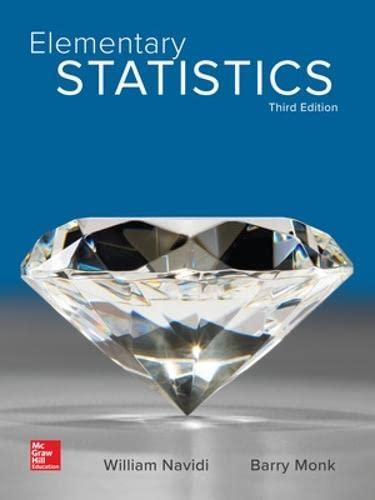Question
Suppose that the typical moneylender has 10,000 pesos to lend out to farmers in the village and the opportunity cost of his funds (what the
Suppose that the typical moneylender has 10,000 pesos to lend out to farmers in the village and the opportunity cost of his funds (what the lender can get if he puts his funds in the bank) is 10 % per annum.
1. What will be the minimum interest rate that will be charged to farmers in the village if the probability of repayment is 100%? (Hint: calculate the moneylender's expected profits from making the loan.)
- E(P)= 10,000+(10,000*0.1*1)= 11,000 pesos
2.How does your answer to A) change if the probability of repayment falls to 60%? What can you conclude about how risk affects the interest rate that lenders charge? In the context of this application, explain why interest rates are often not used as a market clearing device in rural credit markets.
- E(P)=10,000*0.6+10,000*0.1*0.6= 6,000+600 = 6,600 pesos
- Since the probability of repayment falls, there's a decent chance that the money lenders would benefit by not lending. Instead they would deposit in the bank instead of lending. The E(P) here decreases due to the repayment not being 100% . Interest is also affected. Farmers decrease the total funds able/willing to be lent to them. Thereby decreasing supply, and leading to higher/increased interest rates in the market. In rural credit markets, Interest rates are not used as market clearing devices because of this.
3.Suppose the moneylender has no information on the type of borrower and has to charge a single interest rate to all borrowers.She assumes that the probability she ends up with a high quality borrower (with 100% probability of repayment) and low quality borrower (only 60% probability of repayment) is equal. In this case, what is the minimum interest rate that the moneylender will be willing to charge to break even?
- E(P)= ((10,000*1)/(2*1))+ ((10,000*1)/(2*1*0.1))+((10,000*1)/(2*0.6)) + ((10,000*1)/(2*0.6*0.1))= 5,500+3,300= 8,800 pesos
- The money lenders will at least be willing to clear out principle amount they are lending. The interest rates will be higher than 10%.
4.Using the above example, explain why the moneylender would have little incentive to make loans. Carefully explain the root cause of the moneylender's problem.
- Rural credit markets hold certain risk when it comes to lending. There is no certainty that the borrowers will repay the lenders in these markets. The expected payoff would then decrease. Rational lenders would make decisions based explicitly off of the expected payoffs. When E(P) is less than the alternative, money lenders prefer to deposit over lending
Question 2.
Suppose the above farmer can invest in one of two projects to improve the productivity of his farm. Both projects call for an initial start-up capital of 100,000 pesos. The first is risk-free (i.e. p=1) and will gross the farmer 150,000 pesos by the end of the year. The second project is riskier but generates a gross return of 300,000 pesos with probability of success of 40% (p=.4). To finance either project, the farmer has to borrow the start-up capital of 100,000 pesos from the village bank at an annual interest of 20%.
1.Calculate the expected return from each project. Show that the farmer will choose to undertake the risky project as long as he does not have to put up any collateral.
2.Explain how this problem illustrates the moral hazard problem in rural credit markets.
3.Solve for the value of the collateral that is necessary for the farmer to choose the safe project.
Step by Step Solution
There are 3 Steps involved in it
Step: 1
ANSWER 1 Expected return calculation for each project Safe project Gross return 150000 pesos Interes...
Get Instant Access to Expert-Tailored Solutions
See step-by-step solutions with expert insights and AI powered tools for academic success
Step: 2

Step: 3

Document Format ( 2 attachments)
66426d2387910_980737.pdf
180 KBs PDF File
66426d2387910_980737.docx
120 KBs Word File
Ace Your Homework with AI
Get the answers you need in no time with our AI-driven, step-by-step assistance
Get Started


